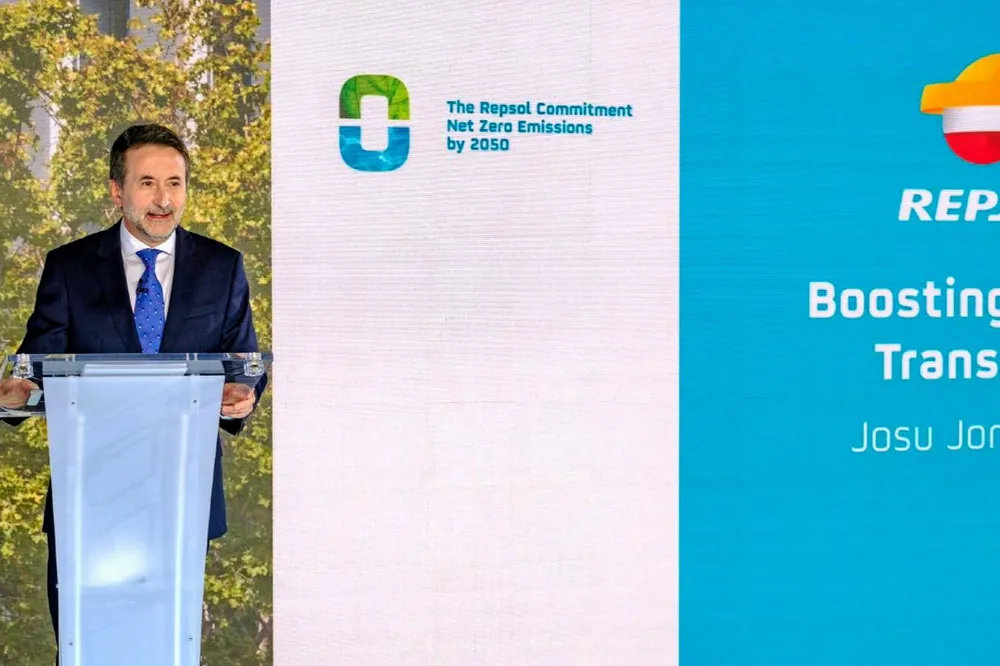Repsol targets rapid 1.9GW hydrogen rollout by 2030
Hitting ambitious target will require significant investment, but Spanish player is also banking on new technology to bring down costs next decade

Hitting ambitious target will require significant investment, but Spanish player is also banking on new technology to bring down costs next decade
